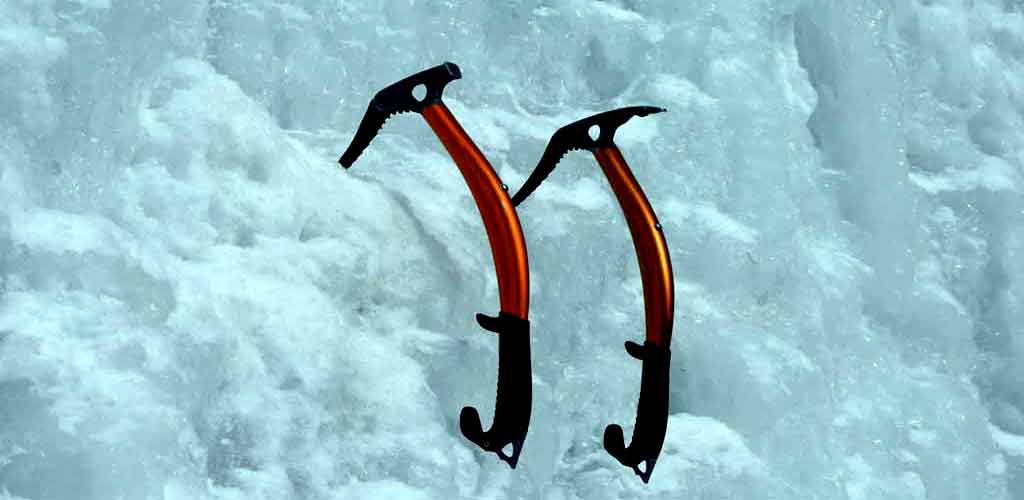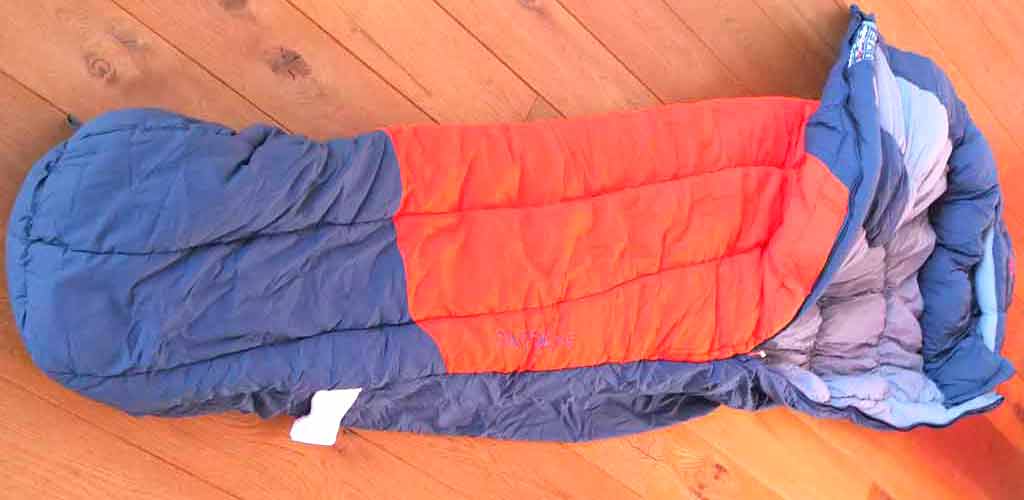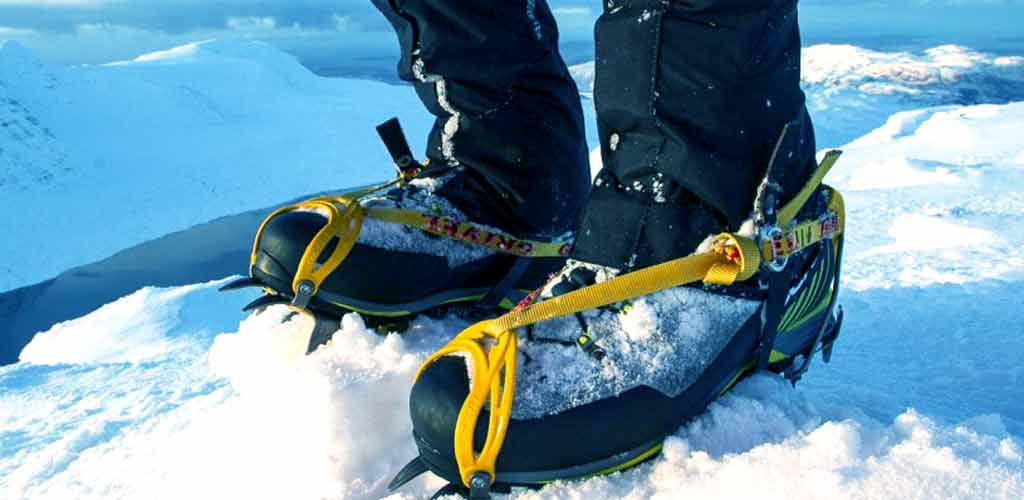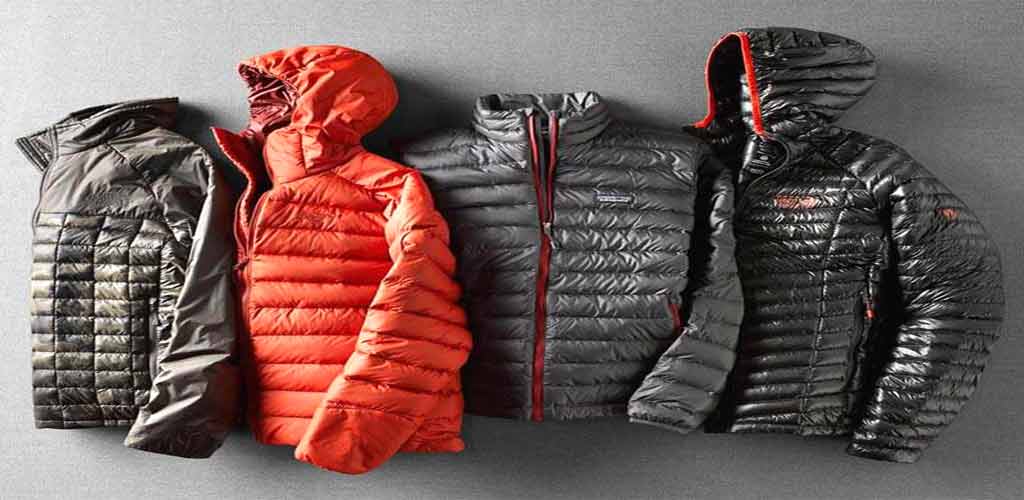Nepal Peak climbing information
Nepal Peak Climbing information
- We provide with you an experienced climbing mountain guide and strong porters for carrying your luggage and camping gear during your Nepal Peak climbing trip. If any member of the group became ill during the trip, the trip would still go ahead. Most of our climbing trips accommodate groups of up to twelve people since this is the most successful size. However, we can also accommodate larger groups upon request of the guest.
Arrangements for the trip
- We will be staying at Hotel Samsara Boutique and Nepal Cottage Resort, during the tea house trek. Rooms will be shared on a twin basis. Single supplements will be offered on request. The Nepal Alsace Trek will arrange rooms with attached bathrooms; however, teahouses in some places have shared bathrooms and toilets. At lower elevations, single rooms are plentiful in Kathmandu and in the trekking regions, but they can be hard to find at higher elevations.

Climbing Ice ax
- Trekking and climbing in Nepal allow us to eat authentic Nepalese food as well as Tibetan, Continental, Italian, Indian, and Chinese food. The teahouse lodge menu will be offered for breakfast and dinner where we stay the night, whereas for lunch we will find a lodge or homestay on the way to our next destination. The expedition climb will be done when we start our tented camp. Frequently, the cook serves fresh vegetables, meat, and fish, along with hygienic preparations during the Camping trek. A bit higher will be alpine-style food.
A travel insurance policy
- Travel Insurance is highly recommended for all clients who are going to take part in any of our adventure activities. Insurers must provide coverage for personal accidents, medical expenses, air ambulance/helicopter rescue services, and liability.

Trekking & Expedition Sleeping bag
- Please provide us with your insurance policy before you depart. However, we would already have requested a copy of your insurance policy when you booked with us. If you are insured, please make sure you have the policy number and emergency contact information for your insurance company. For emergency situations, we need the required information from your insurance company if this is not available.
- In addition to giving you peace of mind while you travel with us, good travel insurance will also provide you with complete coverage in case anything goes wrong.
Adjustment
- Acute Mountain Sickness is a concern that has been factored heavily into the itinerary for this trek. If you ascend too fast at high altitudes, you can become sick so seriously that you can die. There is less oxygen at high altitudes. In altitudes over 5000m, Oxygen is 50% less than at sea level. Due to this, our bodies typically need a lot of time to adjust to a low-oxygen environment.
An attempt to prevent AMS to the maximum extent possible. However, some visitors are at greater risk than others.

Climbing boots with Crampons
When is the best time to travel
- This trip is most enjoyable in spring, from March to May, and in autumn, from September to November. During winter, this trip may be difficult due to ice or snow blocking the pass. While trekking routes are busy in spring and autumn, they are less crowded during the monsoon and winter, when we can fully appreciate nature.
Checklist for packing equipment
- The following list is a guide to help you pack for your adventure. It is important to realize that some of the items listed below might vary depending on your trek duration and the season. You are allowed a maximum of 15 kg of luggage per trek. The porter will carry your luggage, but you are required to carry a daypack with your valuables or anything else important on your own. Be sure to only pack what you need.

Equipment for treks & Expeditions
- The following items and documents are important
- Two passport-size photos, a valid passport, and airline tickets
- At Kathmandu airport, you can easily obtain a visa form and photocopies of passports. Proof of insurance is also required.
- Cash in dollars, pounds, and euros is required to purchase Nepalese visas at Kathmandu airport, buy food and drinks at restaurants and hotels, tip waiters, buy snacks, and buy gifts for yourself.
Physique
- Bandanas or headscarves also serve as protection against dust
- An ear-covering hat made from wool or synthetic
- Batteries and extra bulbs for your headlamp
- A UV-protective pair of sunglasses
- Sunglasses prescribed if necessary

Trekking & Climbing Ruck-Sack
In the upper body Your Personal Equipment
- Two long sleeves and one half sleeve Polypropylene shirt.
- Jacket or pullover made from fleece that is wind-resistant
- Shell jacket made of a breathable fabric that is waterproof
- Vest or jacket made of down
- The Gore-Tex jacket has a hood, is waterproof, and is breathable
A hands-on approach: Your Personal Equipment
- Poly-lined gloves for lightweight use.
- Gloves made of wool or fleece, lightweight
- The mittens are made up of one Gore-Tex over mitt with a very warm polar fleece lining.
Physique base: Your Personal Equipment
- Briefs made of non-cotton
- A pair of hiking shorts
- Trousers for hiking
- Thermal bottoms: one pair: Seasonal
- Trousers made from fleece or wool
- Shell pants made of breathable fabric with a waterproof membrane
Footnotes: Your Personal Equipment

Water Bottle
- Wear two pairs of thin, lightweight inner socks
- Socks made from heavy poly or wool
- Designed for hiking, these boots have sturdy soles, are water-resistant, have ankle support, and come with spare laces.
- Cotton socks are optional if you have trainers or running shoes.
- Winter gaiters ankle-high, optional
Sleeping: Your Personal Equipment
- You will need one sleeping bag that can withstand temperatures up to -10 degrees C.
- Line your sleeping bag with fleece if you wish.
- For an airplane carry-on bag, choose a rucksack that holds 50-70 liters, or around 3,000-4,500 cubic inches.
- Duffel bag of one large size
- You should have a good shoulder cushion on your backpack or daypack to carry your valuables things A small padlock for duffel bags
- Waterproof rucksack covers: two sizes available

Down Jacket
Personal Climbing equipment.
- (1) Harness set
- (2) Crampon
- (3) Ice-ax
- (4) Carabineer 7, 8.
- (5) Descended
- (6) Insurance (helping) rope
- (7) Jamar
- (8) Hard mattress
- (9) High altitude sleeping bag ( – 30 o)
- (10) Headlamp
- (11) Alpine Mountaineering Boot.
- (12) Gutter
- (13) Direction compass
- (14) Woolen socks
- (15) Warm undergarments
- (16) Gore-Tex water-proof Jacket
- (17) Gore-Tex waterproof trousers
- (18) Pullover
- (19) Water-proof gloves
- (20) First-aid kit
- 21, Ruck-sack (40 – 45 liters.
Equipment provided by Nepal Alsace Trekking agency
- Fixed rope Korean. Gas Stove High-altitude tent Shovel ice-screw Snow Bar Rock piton
Medical You’re Personal
- First-aid kit. Simple and light.
- Aspirin, band-aids, tape, and first-aid smalls are all on hand.
- One skin-blister repair kit
- Anti-headache pills
- Cough and or cold medicine
- Anti-altitude sickness pills: Diamox or Acetazolamide.
- Stomach antibiotic: Ciprofloxacin, etc. Do not bring sleeping pills as they are respiratory depressants.
- One set of earplugs
- Extra pair of prescription glasses, and contact lens supplies
Practical Items: You’re Personal
- One small roll of repair tape, 1 sewing-repair kit
- One compass or GPS: optional.
- One alarm clock watch
- One digital camera with extra cards and batteries
- Two water bottles 1 liter each
- One small folding knife
- Four large, waterproof, disposable rubbish sacks
Toiletries: Your Personal Equipment
- One medium-sized quick-drying towel
- Toothbrush | paste preferably biodegradable.
- Multipurpose soap (preferably biodegradable.
- Deodorants
- Nail clippers
- Face and body moisturizer
- Female hygiene products
- Small mirror
Personal Hygiene
- Wet wipes baby wipes
- Tissue toilet roll
- Anti-bacterial handwash, Reading book.
- Trail map Guidebook
- Journal and pen
- iPod If Possible
